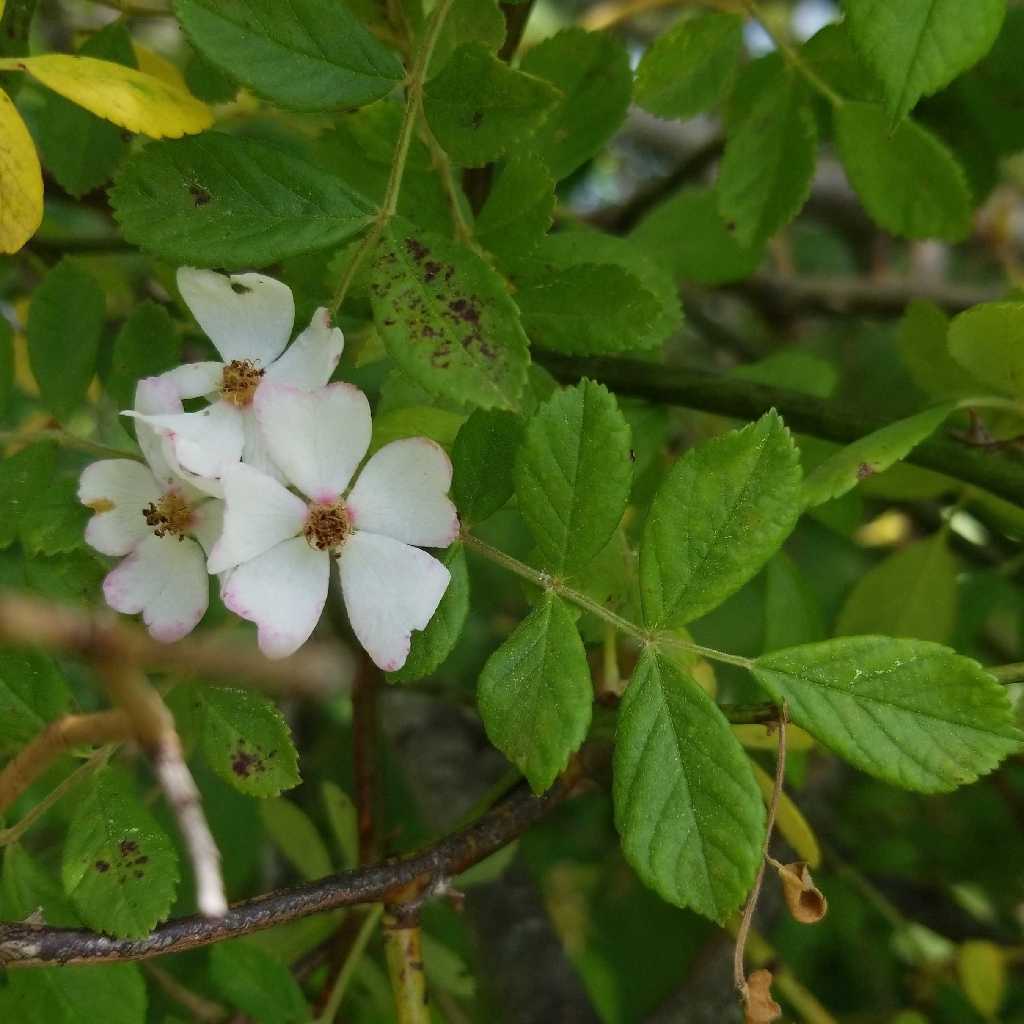Put Invasive Plants on a Starvation Diet This Year
It's March, and I'm back to the annual ritual of cutting woody invasive plants to the ground. March, April, and May are "prime time" for a technique called carbohydrate starvation (a.k.a. root depletion). My top target is Japanese barberry at a local state forest where I volunteer. Other bad actors include burning bush, privet, autumn olive, and multiflora rose.
The photo on the right is from the first day of cutting an area three years ago.




 “Multiflora rose is an aggressive, stubborn landscape invader with recurved thorns along the green stems,” says Rose Hiskes, a diagnostician at the Connecticut Agricultural Experiment Station and co-chair of the Connecticut Invasive Plants Working Group (CIPWG). “And it’s a state-listed invasive plant.”
“Multiflora rose is an aggressive, stubborn landscape invader with recurved thorns along the green stems,” says Rose Hiskes, a diagnostician at the Connecticut Agricultural Experiment Station and co-chair of the Connecticut Invasive Plants Working Group (CIPWG). “And it’s a state-listed invasive plant.”